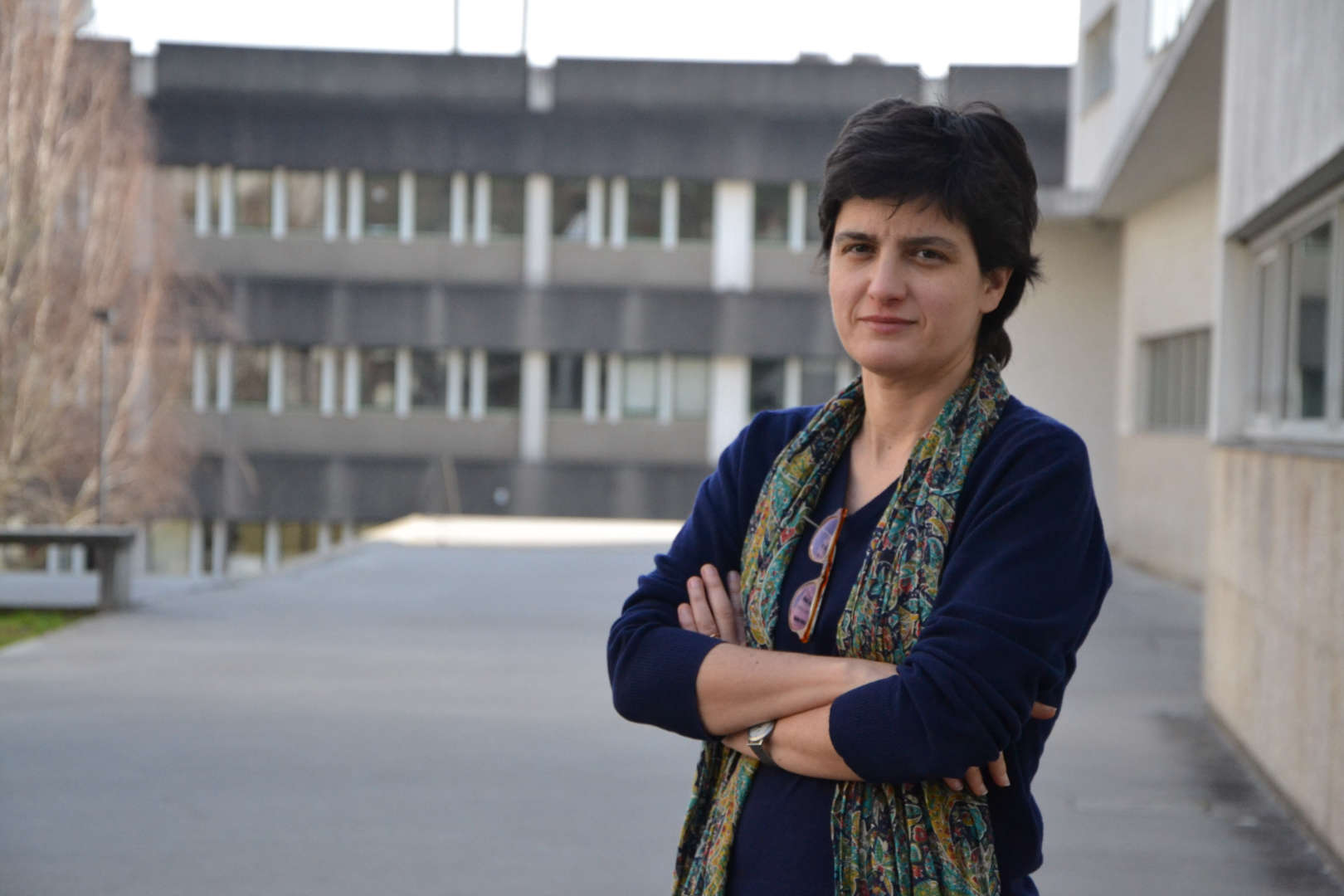About
I am an Assistant Professor at the Department of Informatics of the University of Minho and a researcher at HASLab/INESC TEC. I obtained is PhD degree in Computer Science from this university in 2004. My research interests include formal methods, program verification, type systems and logic.


